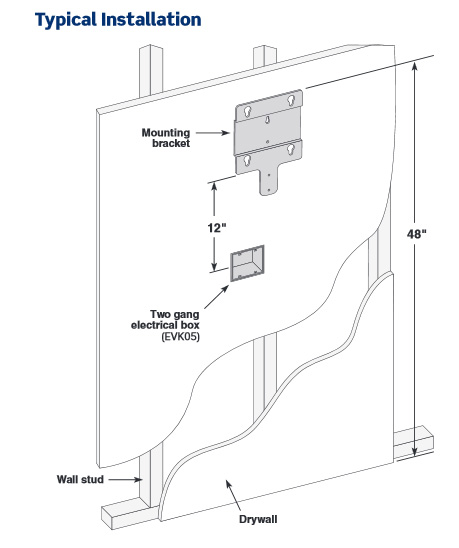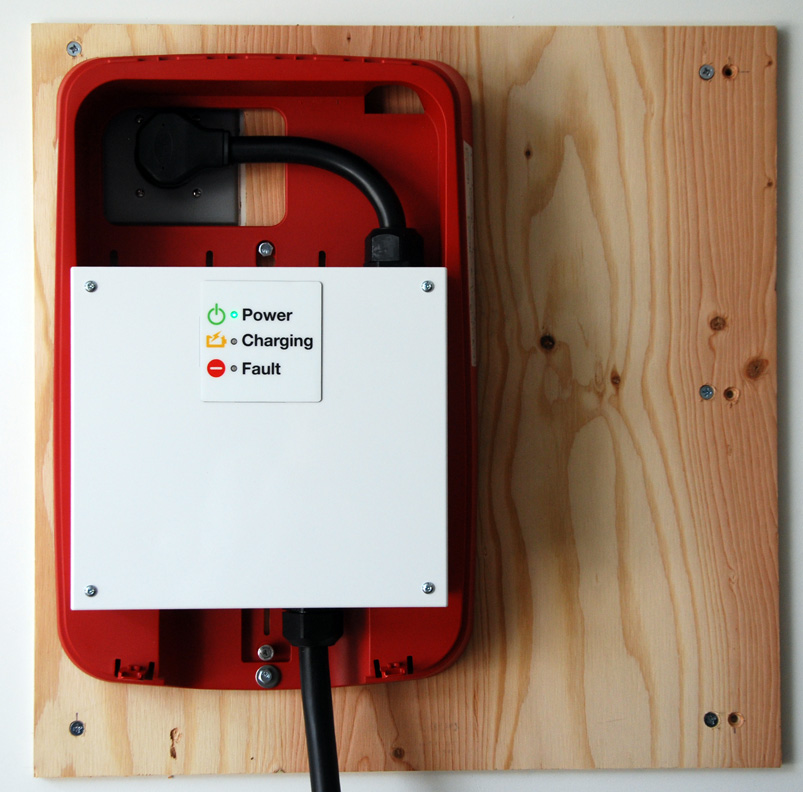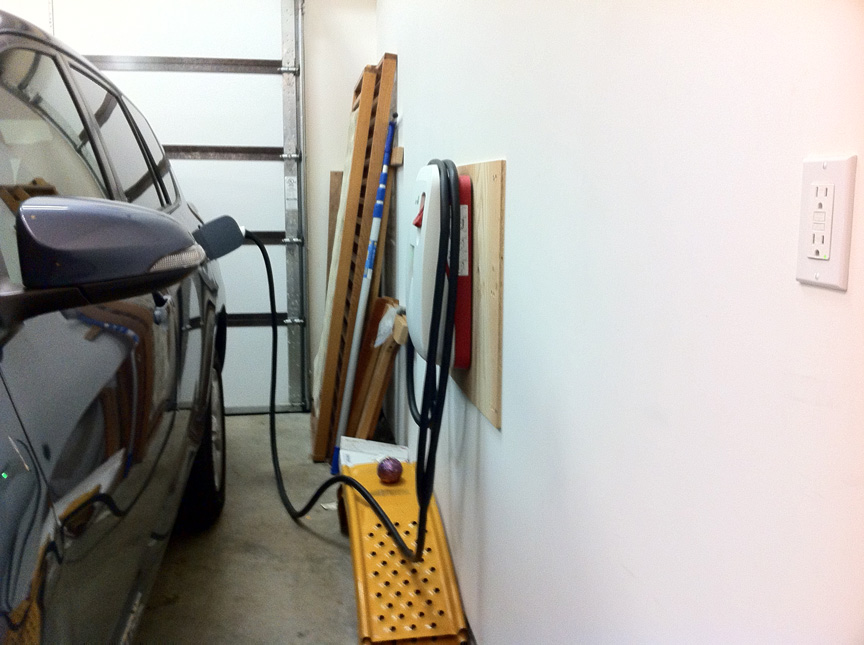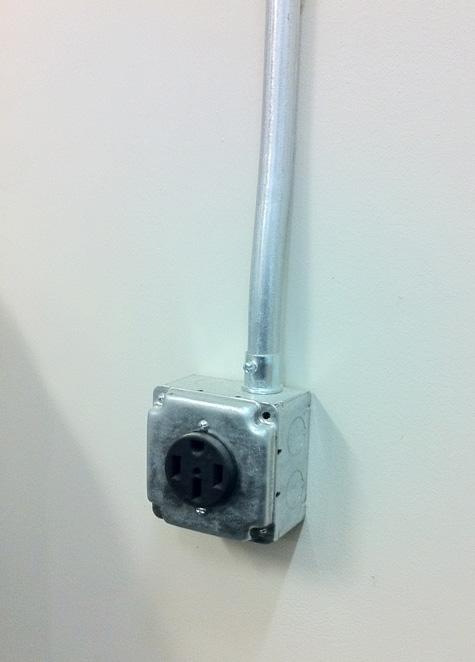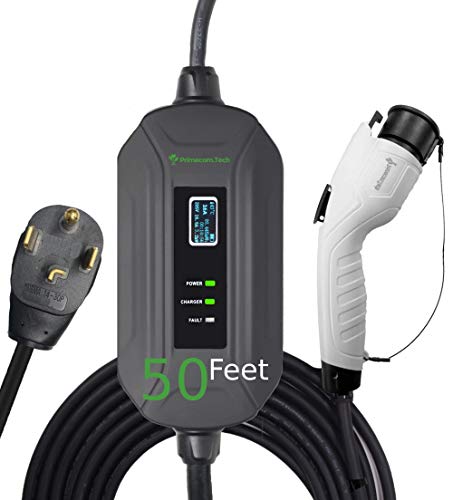I have decided the EVB40-PST (surface mount) is the EVSE I want for my RAV4-EV. I am seeing conflicting information from Leviton about how high to mount the mounting plate for the EVSE.
I would like to get started on the installation while the EVSE and Mounting Kit are in transit to me. Not having the parts here is making these inconsistencies very aggravating.
All citations in Leviton’s technical materials say the top of the charger should be no higher than 48" off the ground and no less than 42". This is very consistent.
The problem arises when I reference the installation instructions for the mandatory installation kit (not thrilled they extracted another $78 out of me). It clearly shows that the top of the mounting plate should be anchored to the wall at 48". However, they mention that the top of the EVSE is higher than the top of the mounting plate. The drawings very clearly show the plate significantly lower than the top of the EVSE (but no dimensional info). So if I follow the diagram and instructions stating the top of the plate should be set at 48", when I hang the charger on the plate, it could easily be 6 to 10 inches taller than the stated 48" maximum height (52" to 58"). So the question is: If I want the top of the charger to be at 48", how high should the top of the mounting plate be set?
The second question I have not been able to find an answer to is: How long is the power supply plug and cable assembly below the EVSE? And how does that relate to how many inches below the bottom of the mounting plate should I locate the electrical box? I would like to mount the box, install the conduit, pull in the conductors, ground the system, and prepare for the landing of the wires.
Recapping:
If I want the top of the charger to be at 48", how high should the top of the mounting plate set?
How long is the power supply plug and cable assembly below the EVSE? And how does that relate to how many inches below the bottom of the mounting plate should I locate the electrical box?
Anyone out there have any hands-on experience with installing the EVB40-PST?
Thanks.
I would like to get started on the installation while the EVSE and Mounting Kit are in transit to me. Not having the parts here is making these inconsistencies very aggravating.
All citations in Leviton’s technical materials say the top of the charger should be no higher than 48" off the ground and no less than 42". This is very consistent.
The problem arises when I reference the installation instructions for the mandatory installation kit (not thrilled they extracted another $78 out of me). It clearly shows that the top of the mounting plate should be anchored to the wall at 48". However, they mention that the top of the EVSE is higher than the top of the mounting plate. The drawings very clearly show the plate significantly lower than the top of the EVSE (but no dimensional info). So if I follow the diagram and instructions stating the top of the plate should be set at 48", when I hang the charger on the plate, it could easily be 6 to 10 inches taller than the stated 48" maximum height (52" to 58"). So the question is: If I want the top of the charger to be at 48", how high should the top of the mounting plate be set?
The second question I have not been able to find an answer to is: How long is the power supply plug and cable assembly below the EVSE? And how does that relate to how many inches below the bottom of the mounting plate should I locate the electrical box? I would like to mount the box, install the conduit, pull in the conductors, ground the system, and prepare for the landing of the wires.
Recapping:
If I want the top of the charger to be at 48", how high should the top of the mounting plate set?
How long is the power supply plug and cable assembly below the EVSE? And how does that relate to how many inches below the bottom of the mounting plate should I locate the electrical box?
Anyone out there have any hands-on experience with installing the EVB40-PST?
Thanks.




